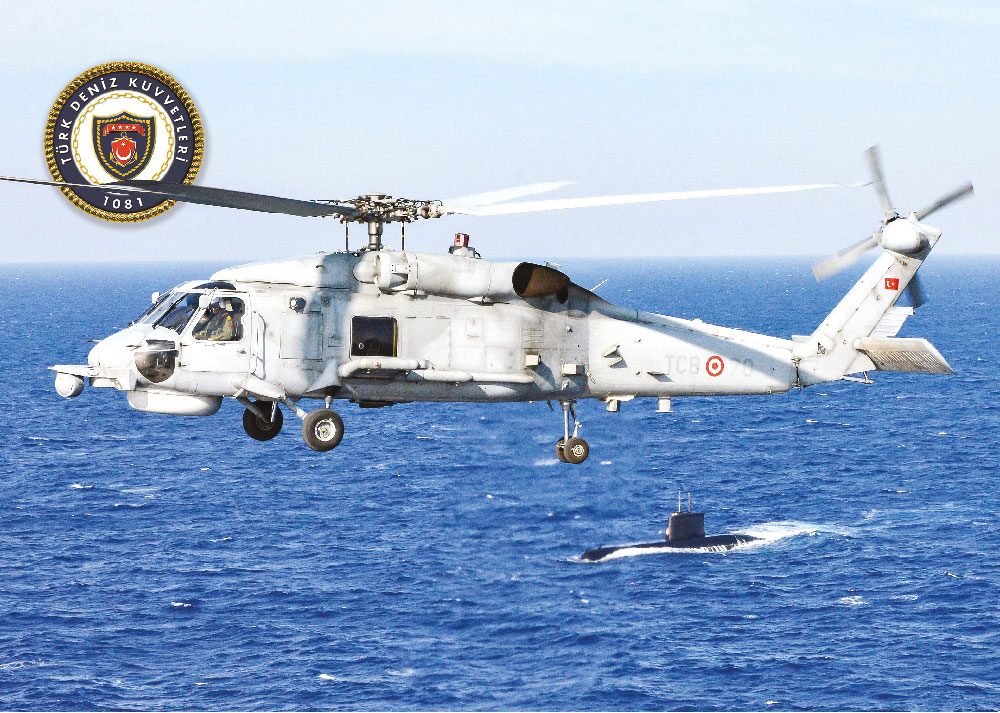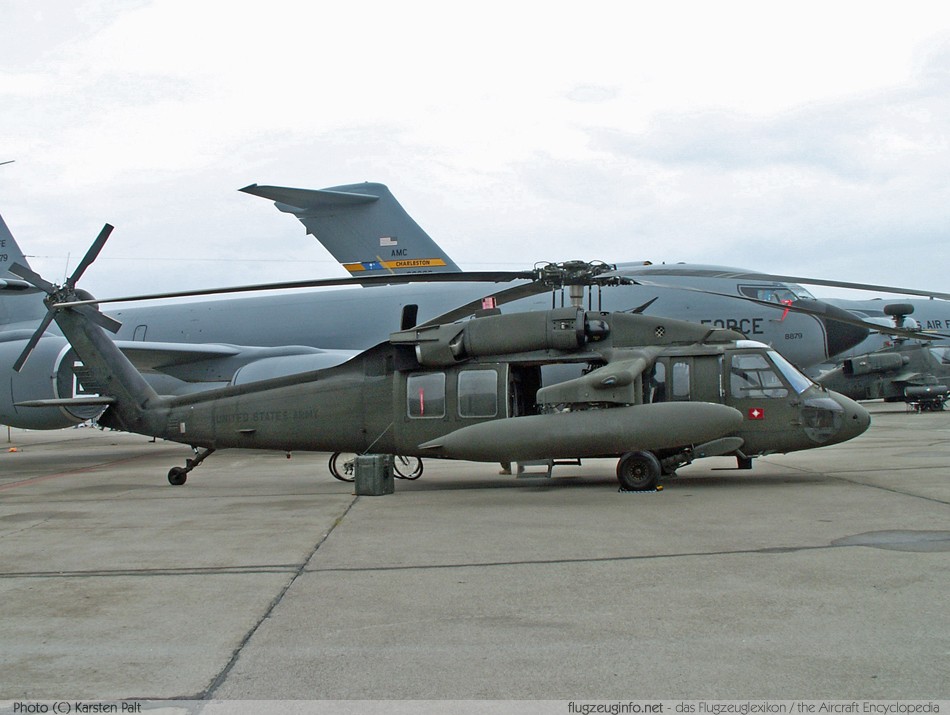How the Sikorsky S 70 Stands Apart in the Helicopter Industry
How the Sikorsky S 70 Stands Apart in the Helicopter Industry
Blog Article
High-Performance Multi-Role Rotorcraft Featuring Advanced Cockpit Technologies and Integrated Sensing Unit Systems
The realm of rotorcraft modern technology has seen notable developments in current times, specifically in the realm of high-performance multi-role rotorcraft equipped with advanced cockpit innovations and seamlessly incorporated sensor systems. These developments have not only increased the functional capabilities of rotorcraft however have additionally significantly influenced modern-day aeronautics procedures on various fronts. From improved goal convenience to boosted operational performance, the merging of innovative cockpit modern technologies and incorporated sensing unit systems has actually ushered in a brand-new period of opportunities for rotorcraft applications. In the complying with discussion, we will explore the evolution of rotorcraft innovation, dive into the world of sophisticated cockpit advancements, and examine the effects of integrated sensing unit systems on the functional flexibility and efficiency of modern rotorcraft.
Advancement of Rotorcraft Technology
The advancement of rotorcraft innovation has actually been noted by significant improvements in the rules of aerodynamics, products, and propulsion systems, shaping the capacities and efficiency of contemporary rotorcraft. Wind resistant enhancements have actually improved the effectiveness and maneuverability of rotorcraft, allowing for raised speed, dexterity, and security throughout flight (sikorsky s 70). Technologies in products, such as using composite materials and progressed alloys, have resulted in lighter yet more powerful rotorcraft frameworks, boosting general performance and sturdiness. Additionally, developments in propulsion systems, consisting of more effective engines and ingenious propulsion innovations, have allowed rotorcraft to attain higher altitudes, faster speeds, and greater payloads.
These developments have not only changed the capabilities of rotorcraft however have likewise increased their applications throughout various sectors, including armed forces, industrial, and emergency solutions. The continuous advancement of rotorcraft technology remains to drive technology in the field, pushing the boundaries of what is possible and shaping the future of vertical trip.
Advanced Cockpit Innovations
Structure upon the fundamental improvements in aerodynamics, products, and propulsion systems, the realm of rotorcraft innovation now moves emphasis in the direction of pioneering Advanced Cabin Innovations. The assimilation of cutting-edge modern technologies within the cockpit setting plays a crucial function in improving the functional capabilities, safety, and performance of modern rotorcraft. sikorsky s 70. Advanced Cockpit Innovations include a large array of attributes created to offer pilots with enhanced situational recognition, streamlined data management, and intuitive control interfaces
One of the key innovations in cockpit design is the execution of glass cabins, which replace conventional analog evaluates with high-resolution displays. These electronic systems provide adjustable designs, real-time information integration, and improved readability, making it possible for pilots to access critical information at a glimpse. Advanced avionics systems, such as fly-by-wire controls and enhanced truth displays, are changing how pilots interact with the aircraft, enabling for specific control and boosted decision-making capacities.


Incorporating advanced cabin technologies not only improves pilot efficiency however additionally adds to general mission effectiveness and safety in intricate operational environments. By leveraging cutting edge technologies within the cockpit, rotorcraft manufacturers are establishing brand-new standards for operational excellence and objective success.
Integrated Sensor Solutions
With the evolution of rotorcraft modern technology, the assimilation of innovative Integrated Sensing unit Equipment has become extremely important in enhancing operational efficiency and security. These Integrated Sensor Equipments encompass a large variety of technologies that provide critical data for numerous functions such as navigation, security, targeting, and ecological surveillance. By flawlessly integrating sensors like radars, cams, lidar, and infrared systems into rotorcraft, operators can gain from boosted situational understanding, boosted goal abilities, and decreased pilot work.
One trick advantage of Integrated Sensor Systems is their capacity to collect real-time data and offer workable insights to pilots and goal operators. Advanced radar systems can detect this link and track targets over long ranges, permitting for early threat discovery and efficient action planning. Furthermore, integrating infrared and electro-optical cameras allows rotorcraft to conduct reconnaissance and monitoring objectives with precision and accuracy.
Basically, the integration of innovative sensor technologies right into rotorcraft not just boosts functional effectiveness yet also contributes dramatically to overall mission success and crew safety and security. As rotorcraft remain to progress, the duty of Integrated Sensor Equipment will undoubtedly continue to be at the leading edge of technology in the aerospace sector.
Functional Flexibility and Effectiveness
Enhancing functional flexibility and efficiency in rotorcraft is an all-natural progression from the assimilation of innovative Integrated Sensor Equipments. By leveraging the understandings and information supplied by these sophisticated sensing unit systems, rotorcraft can optimize their efficiency across various missions and environments.
Operational versatility includes the ability of rotorcraft to adapt to different functions and circumstances successfully. With innovative cockpit modern technologies and integrated sensor systems, rotorcraft can effortlessly shift in between jobs such as search and rescue, clinical emptying, surveillance, and much more. This flexibility improves the rotorcraft's capability to satisfy varied operational demands without requiring considerable reconfiguration.
Efficiency in rotorcraft operations is essential for maximizing goal effectiveness and resource use. Integrated sensor systems play a pivotal duty in enhancing operational effectiveness by offering real-time information on weather, terrain mapping, target tracking, and extra. This information makes it possible for pilots to make informed choices swiftly, enhance flight courses, save fuel, and enhance general mission productivity.
Influence On Modern Aeronautics Workflow

Moreover, the assimilation of sophisticated sensors facilitates enhanced objective preparation and execution, enabling rotorcraft to perform a variety of tasks with boosted accuracy. From search and rescue procedures to airborne firefighting and regulation enforcement objectives, the abilities of contemporary rotorcraft geared up with innovative cabin technologies and integrated sensing unit systems are exceptional.
Furthermore, the effect of these innovations extends past operational effectiveness to cost-effectiveness and sustainability. By enhancing flight courses, gas usage, and maintenance schedules, high-performance rotorcraft geared up with innovative cabin modern technologies and sensors add to lowering operational expenses and environmental influence, making them important properties in modern aviation procedures.
Final Thought
To conclude, the high-performance multi-role rotorcraft with advanced cockpit technologies and incorporated sensor systems represents a significant evolution in air travel modern technology. These technologies enhance operational adaptability and effectiveness, ultimately affecting modern aviation procedures in a positive method. The integration of these innovative modern technologies enables for improved capacities and efficiency in numerous objective circumstances, showcasing the proceeded improvement of rotorcraft innovation in the aeronautics market.
The realm of rotorcraft innovation has seen notable improvements in current times, especially in the world of high-performance multi-role rotorcraft outfitted with innovative cockpit technologies and effortlessly integrated sensor systems. From enhanced mission convenience to enhanced operational efficiency, the merging of advanced cockpit modern technologies and integrated sensing unit systems has ushered in a brand-new period of opportunities for rotorcraft applications. In the following discussion, we will certainly discover the evolution of rotorcraft innovation, dive into the world of advanced cabin technologies, and examine the implications of incorporated sensor systems on the operational flexibility and efficiency of modern-day rotorcraft.

Report this page